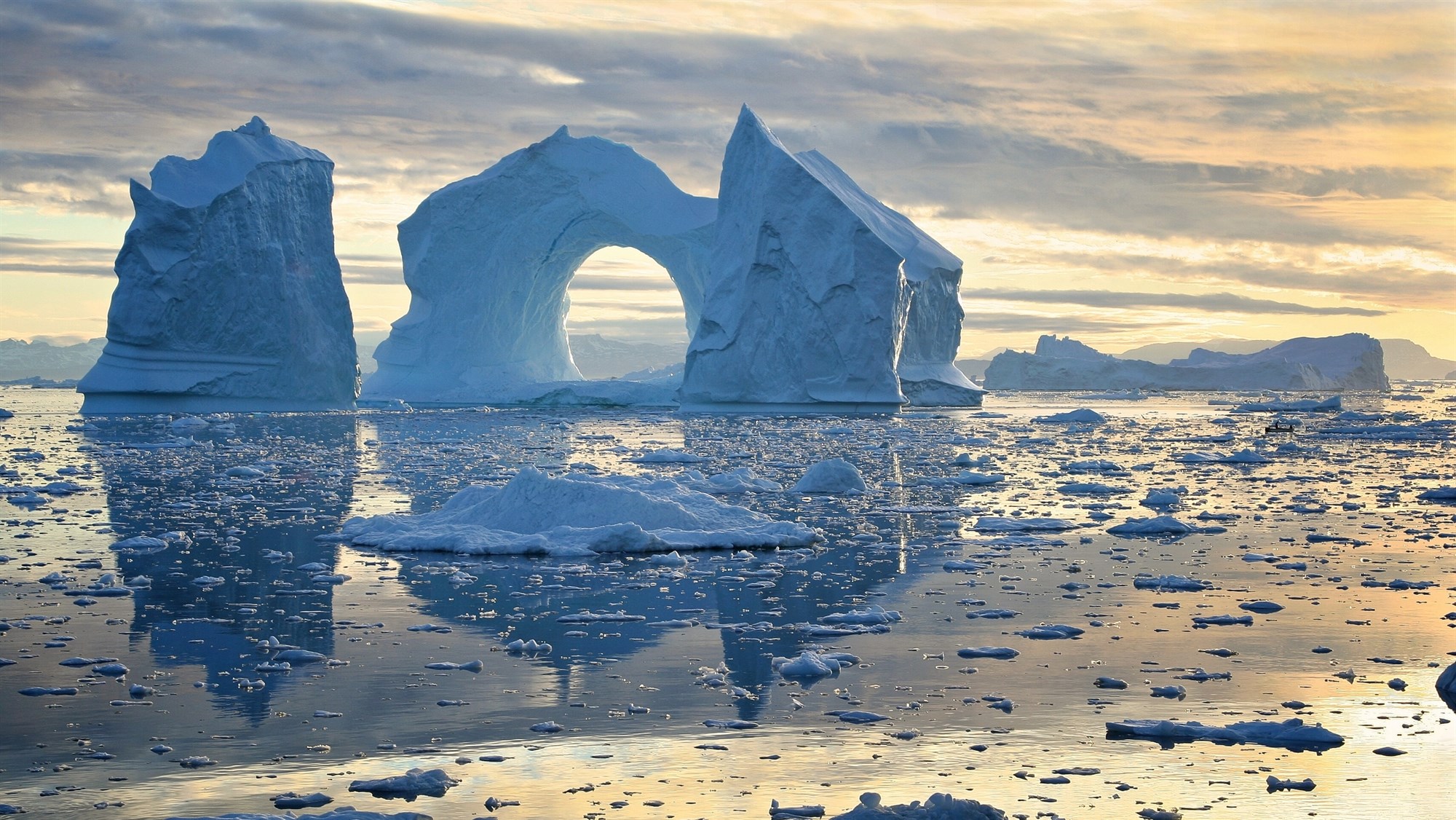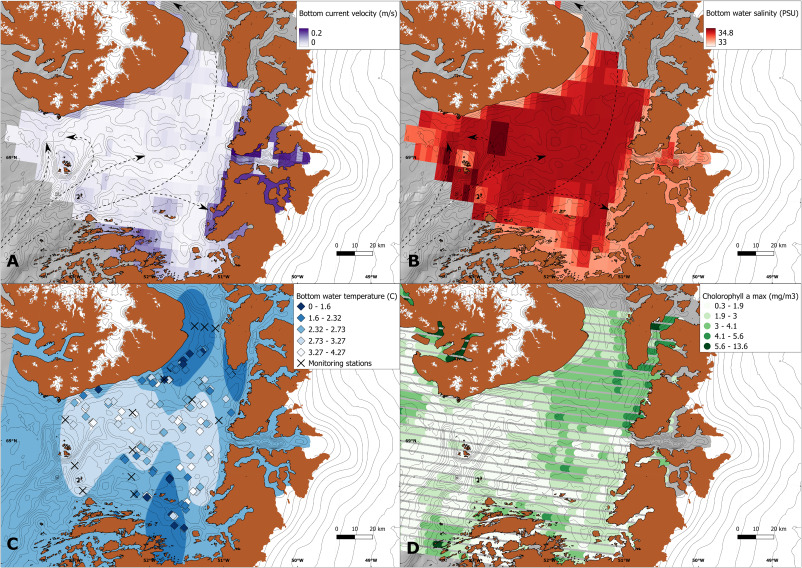News

Unique Habitat Model Shows Optimal Conditions for Northern Shrimp
Marine spatial models can predict the impact of environmental factors on a given species and the distribution in a certain area. Several models have been developed in numerous areas of the oceans, but they are all with low resolution, often several kilometres.
The northern shrimp (Pandalus borealis) is a crustacean sensitive to environmental changes and temperature is a critical factor for its survival. Researchers from Greenland Institute of Natural Resources, Niras, and Royal Netherlands Institute for Sea Research have in a recent study generated a unique high-resolution spatial model (i.e._>50 meters) to map the distribution of the northern shrimp in the Arctic.
Oceanographic data collected with robust loggers on trawls
The study focused on Disko Bay (Qeqertarsuup tunua) in West Greenland which is a complex area with several geological differences and various seabed topography. The researchers used factors from several disciplines such as geophysics, oceanography, biology, and fishery to create the model. Physical factors included, i.e. seafloor depth, sediment samples, bottom water temperature, salinity, and bottom current velocity. In addition, shrimp fishery catch per unit effort (CPUE) and biological factors were gathered. Oceanographic data was collected with Star-Oddi’s robust Starmon mini subsea temperature loggers in titanium housing attached to trawl. Bottom water temperature (°C) measurements were taken at 145 stations during 2010-2019.
Medium-deep waters at 1-6°C preferred by the shrimp
The ultimate habitat for northern shrimp is distinguished by medium-deep waters (approx. 150-350m), turbulent conditions, and mixed sediments, which is primarily located in the northern and southern regions of the Disko Bay. The shrimp was found in waters ranging from 1 to 6°C.

More understanding of the allocation of northern shrimp
The one-of-a-kind high-resolution model developed by the researchers in this study considerably enhances the understanding of the physical factors and detailed spatial patterns influencing the allocation of northern shrimp in the Arctic.
Further results can be found in the paper published in Science of the Total Environment, and can be found here